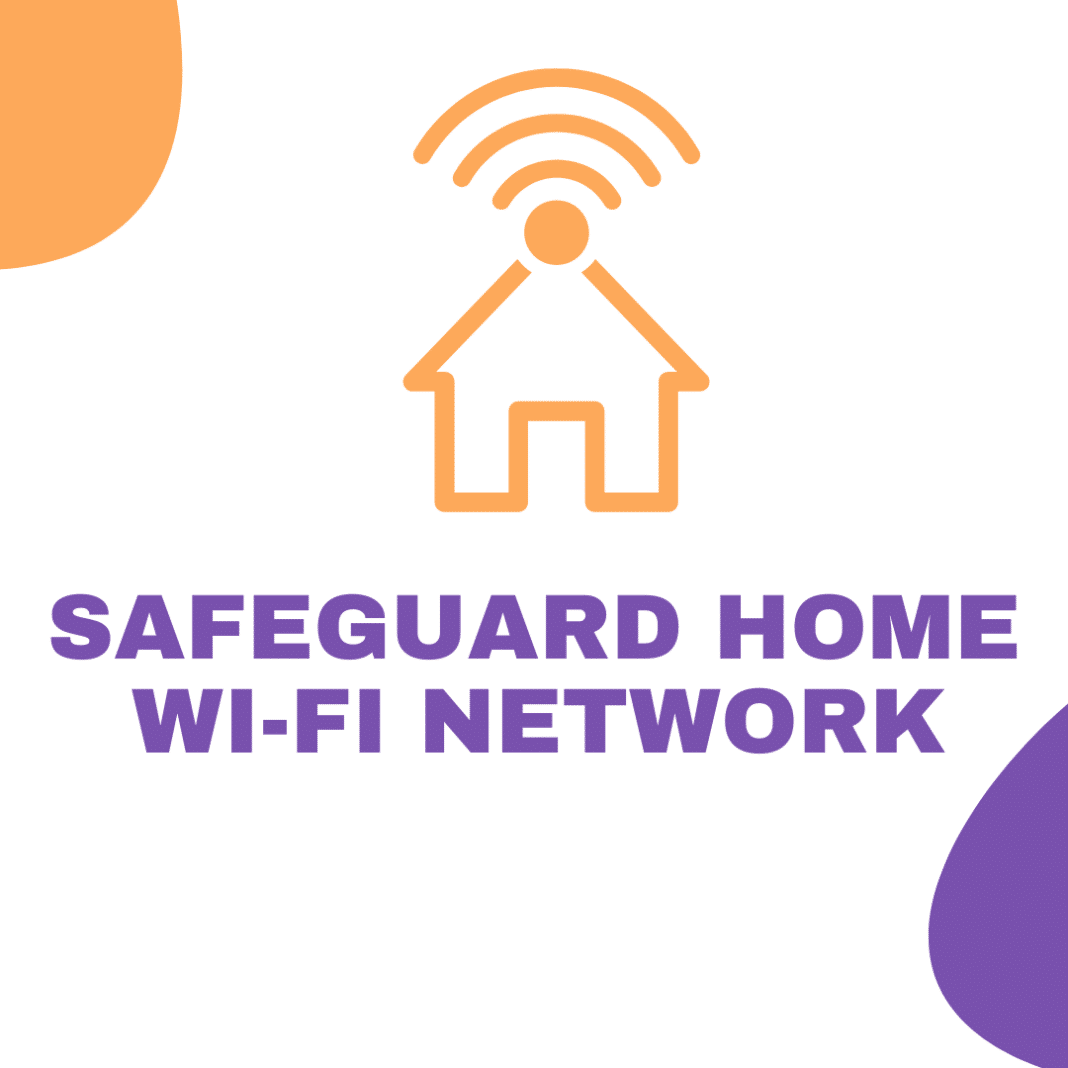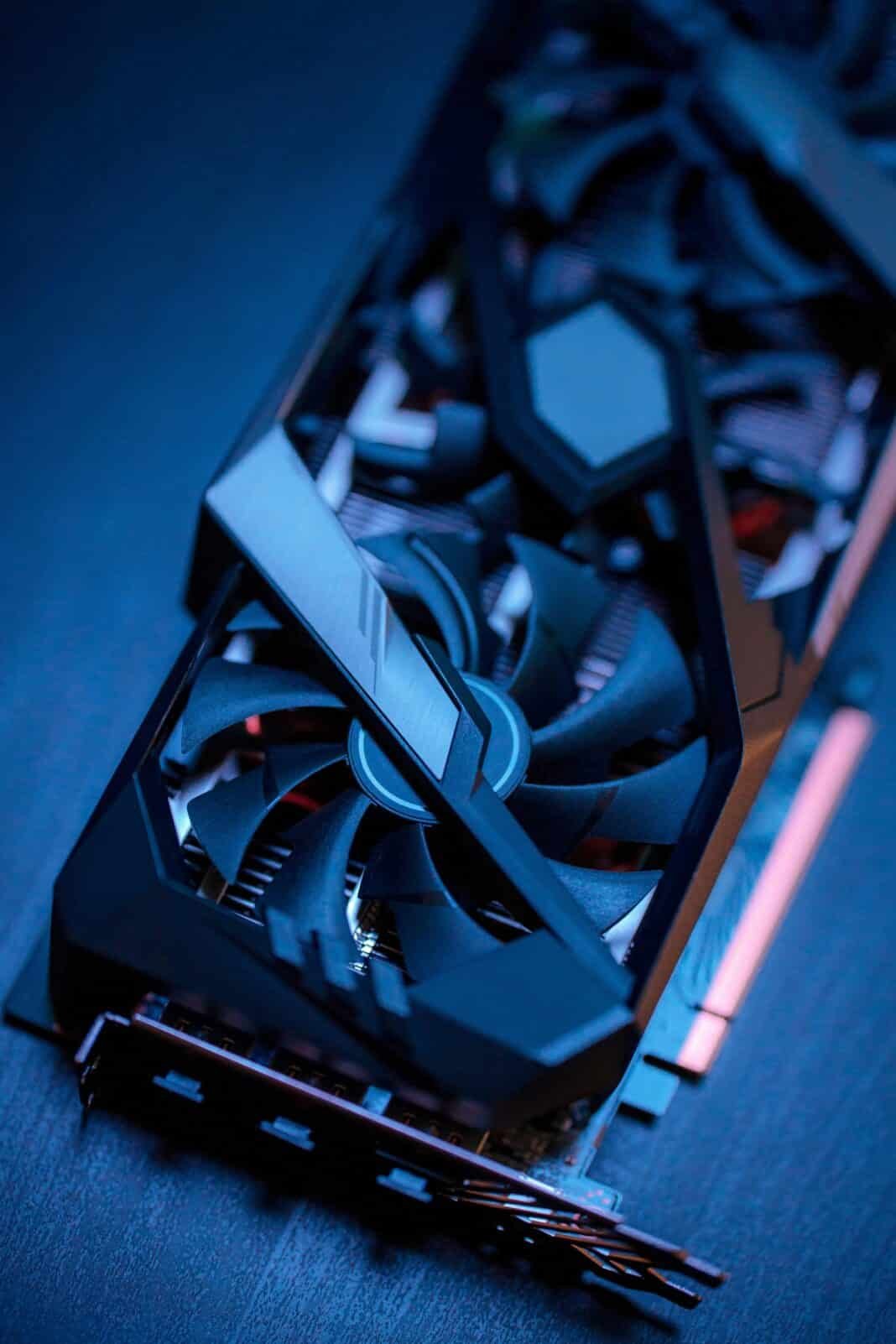How to Safeguard Wi-Fi and Enhance Your Network for Optimal Performance
Your Kaleidoscope Wi-Fi network connects different devices in your life. From your smartphone to your intelligent home devices. While everything seems well-integrated and functioning, do you believe your devices are performing at their best?
Proceed with the following steps to secure and improve your network performance.
1. Alter your Wi-Fi default password immediately.
This is important because, did you know post setting up your new router, if you keep the Wi-Fi password for your router untouched, it can be easily accessed by unauthorized users? Most routers come preloaded with generic passwords like username and password. If you have only used these pre-defined passwords while using a Wi-Fi router, you’re accessibility vulnerable to hackers.
What now?
When you buy a new router, change the Wi-Fi default password to something sophisticated. This includes:
- A combination of lower- and upper-case letters, numbers, and symbols.
- Keeping your password personal and away from the reach of other people.
- Posting your password on a board or some other openly visible location.
- Disconnecting all unauthorized guest users by providing them with a guest Wi-Fi network along with a different password.
2. Secure Admin Panel of Your Router
Why It’s Important
The router’s admin panel always contains sensitive network settings. You are urged to change your router’s admin passwords because most of them are set to default logins: admin and admin, which can be easily found online.
Quick Fix
- Always change the default username and password to something unique.
- Try to use a different password from your Wi-Fi password, preferably a strong one.
- If your router permits, enable 2 step authentications for better security.
- Enable management features to block any external access.
3. Disable WPS Feature On Your Router (Wi-Fi Protected Setup)
Why It’s Important
Although WPS was created to speed up device connectivity, it is also a huge security loophole. Through WPS, hackers can easily infiltrate networks in minutes.
Quick Fix
- Simply disable WPS in router settings.
- Use WPA2 of WPA3 encryptions to connect devices manually.
- If WPS needs to be used, enable it only for short durations when new devices are being added.
4. Settle Your Router in the Parameter of Your House Boundary
Why It’s Important
Setting up your router in strategic locations can easily guard against weak signals, dead zones, or slow speeds. Walls, metal objects, and electronic interference can all affect performance.
Quick Fix
- For the best circulation, place your router where most devices should connect, preferably in an elevated area.
- Microwaves, thick walls, and big metallic appliances should not be nearby.
- Consider utilizing a mesh network or wireless extender if your house is vast.
5. Shift Security Protocols to WPA3 or WPA2
Why It’s Important
Your previous WEP, WPA, and WEP83 have become obsolete and socio-engineered to the point that hacking into them is children’s play.
Quick Fix
- Navigate through to the security features of your router.
- If WPA2 is impossible, go for WPA3, but WPA-PSK (AES) is recommended.
- Do not set WEP and old WPA as they are out of date.
6. Create Guest Wi-Fi For Your Home
Why It’s Important
Letting visitors on your leading network brings infections and viceware risks to every device associated with the network.
Quick Fix
- Activate a new guest network.
- Set a different private key from your primary network.
- Internet is allowed, and guests are disallowed access to all files and folders shared on the network.
7. QoS Lets You Manage Bandwidth For Your Most Important Gadgets
Why It’s Important
When diverse connections utilize the same Internet source for streaming, gaming, or video conferencing, things can get rather sluggish.
Quick Fix
- In order to manage bandwidth through the router, access the QoS settings.
- Set gadgets and applications that require a large amount of bandwidth and give them priority.
- The preferred option is allocating greater importance to workstations, consoles, streams, and streams.
-
- Switch to a Faster, More Secure DNS
- Why It’s Important: Your ISP’s default DNS server may not be the best in security or speed, which can lead to low browsing speeds.
- Quick Fix : Change your DNS settings to include more private services, like Google DNS or Cloud Flare’s DNS services. Update your router’s DNS settings under the Internet section.
- Enable Your Router’s Built-In Firewall
-
- Why: A firewall must serve as a protective barrier preventing unauthorized access to your network. Most routers have a firewall, but sometimes, it is not switched on by default.
- Quick Fix: Change your router’s settings and turn on the firewall. Configure it only to accept limited traffic and block almost everything else that seems suspicious. Switch on DoS protection against attacks from the internet.
-
- Keep Your Router Firmware Up to Date.
- Why It’s Important : Security gaps and performance issues can be addressed in a manufacturer’s firmware update. Running outdated firmware leaves you exposed to cyber threats.
- Quick Fix #1: Look for firmware updates in your router administrator’s panel. If the routes permit automatic updates, turn that setting on. Manually change the firmware as needed.
- Quick Fix #2: Change your SSID to something vague—avoid using personal information like your name or house number. Hide your SSID so it does not appear in the available networks list, and only share network names with trusted people.
- Back up Your Router Settings
- Why It’s Important: If your router settings are reset accidentally or due to some update, you lose critical configurations.
- Quick Fix: Go to the backup settings of your router and save the current configuration. Store the backup file safely and change it whenever you make necessary changes.
- Switch to a Faster, More Secure DNS
Final Thoughts: Protecting and improving your Wi-Fi settings does not need to be complex. It takes a little time to change your settings, reposition your router, and enable the necessary security features to eliminate undesired access, increase your internet speed, and make your online activities smoother. Implement these changes now and experience enhanced security, speed, and reliability.
Reference
The biggest Wi-Fi mistake you didn’t know you were making
8 Wi-Fi Mistakes Everyone Makes
6 big home Wi-Fi mistakes, and how to fix them
Don’t Make These 7 Mistakes When Setting Up Your Wi-Fi Router







[…] 7 Tips For Safeguard Wi-Fi Network […]